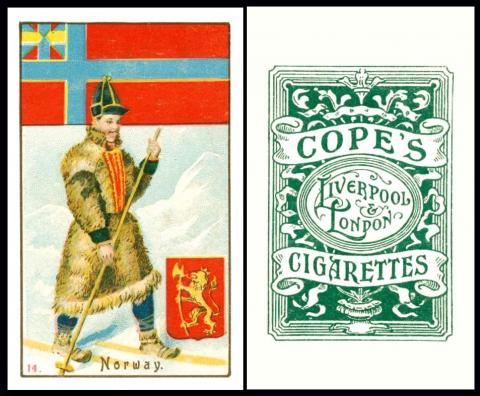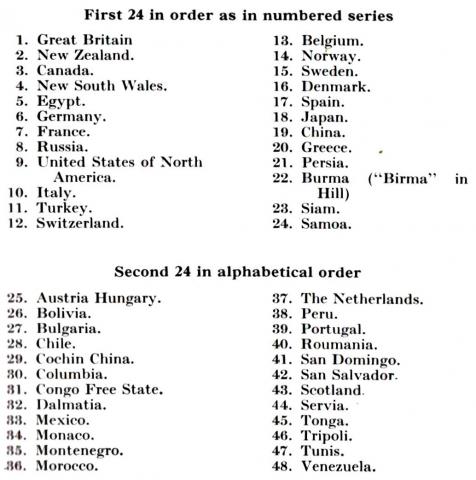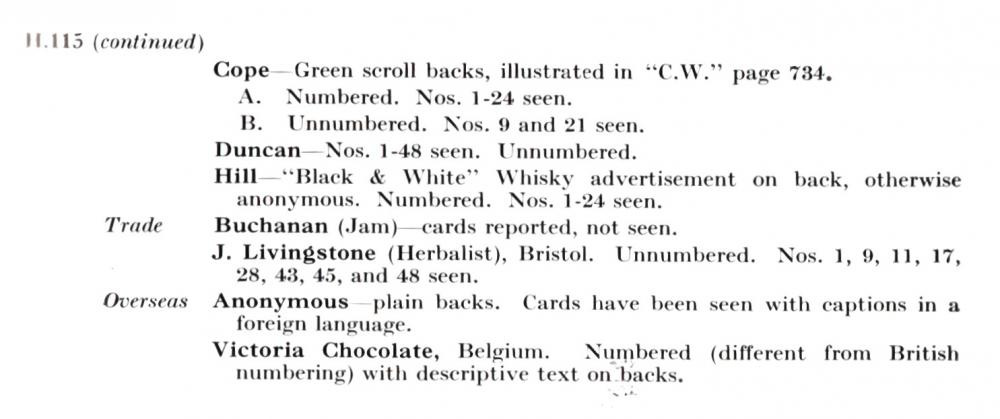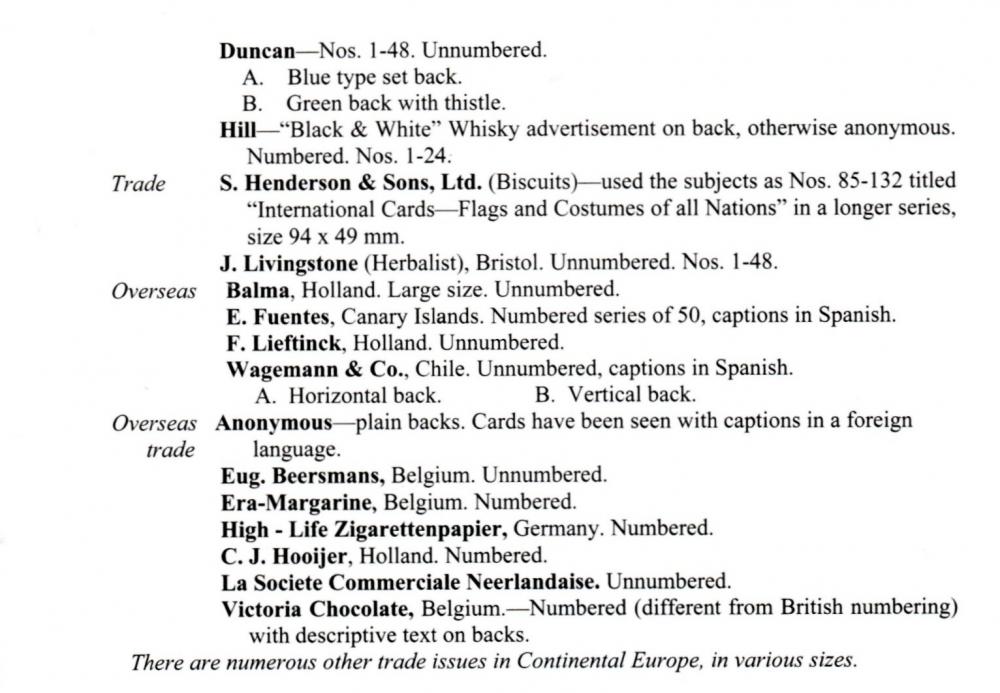
The connection with Roald Dahl here is that though he was born in Llandaff, Cardiff, on the 13th of September 1916, his parents were originally Norwegian, and they spoke it at home. He was also christened, Roald Dahl, at the Norwegian Church in Cardiff, built, on the dockside, in 1868, by the Norwegian Mission to Seamen. And he was named after another Norwegian, Roald Amundsen, the leader of the first expedition to successfully reach the South Pole.
In 1918 the family moved away, to what is sometimes described as a large farm in the mountains, and at other times a large imposing house with a farm attached. The farm was 150 acres. I am not sure whether the Dahls farmed it, or whether they had staff and workers. There were also four Dahl children. They also had two half siblings, from the fathers first marriage. Then in 1920 one of his sisters died, and a month later his father also died, reportedly from grief. That left his wife, who was pregnant, to look after all the children, and the farm, and the big house. She decided that was not to be, and they moved back to Llandaff.
This is a very complex set. However it is a good one for a bit of a treasure hunt. The cards measure 64 x 39 m/m. but all other details can be found in the original London Cigarette Card Company Handbook of 1950 and in our own Handbook to the World Tobacco Issues Indexes, which starts with -
This seems a good time to add the list of those cards.
by the time of our latest World Tobacco Issues Index Handbook, there had been a slight alteration to this, as another un-numbered anonymous card had turned up. This was Burma, but captioned "Burmah" (sic). That means that Burma is spelt wrong twice, as it already appears with a typo on the Hill version in the above list. The rest of the entry continues with :
Research has brought up a few curious things. First off is that "Buchanan (Jam)". Whomsoever reported those cards is not known, but this set is not listed against them in either our vintage Trade Indexes, nor our modern one, though Buchanan`s Jam is recorded as issuing another set "Birds & Their Eggs" in 1923. So what happened to these flag cards, which means more than one, which were reported? If anyone can get us out of a "jam", or, dare I say, even a "sticky situation", by supplying proof that their flag cards do exist, please let us know.
Secondly we have found out a bit more about J Livingstone, they were a Consulting Herbalist, in Bristol. and the cards carry the code LIV-1 in the first volume of our original set of British Trade Indexes. By the time that was printed in 1962 it states that ten cards were known, so two had turned up, though I am not sure which they are yet.
Thirdly, the Anonymous cards in "a Foreign Language", is terminology which obviously means an unknown language to the compilers. What is it?
\now by the time of our current World Tobacco Issues Index, a lot more issuers have made themselves known, which are:




